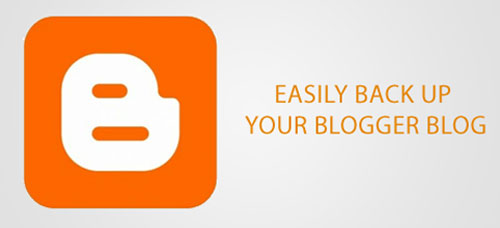How to Make Money Online in 2025: A Comprehensive Guide
How to Make Money Online in 2025: A Comprehensive Guide
As we step into 2025, the digital landscape continues
to evolve, offering new and innovative ways to generate income online. Whether
you're looking to supplement your income or transition to a fully remote
lifestyle, the internet provides a plethora of opportunities to achieve your
financial goals. In this article, we'll explore some of the most effective
methods to make money online in 2024, along with resources to get you started.
**Leverage AI Tools for Content Creation**
The rise of AI has revolutionized content creation.
Platforms like YouTube have become more accessible with AI tools that can write
scripts, generate voiceovers, and create animations. By automating the content
creation process, individuals can focus on niche channels to monetize through
ads and brand deals.
2. **Engage in Copywriting and Social Media Management**
With businesses constantly seeking to enhance their online
presence, copywriting and social media management have become highly
sought-after skills. Utilizing AI tools to craft compelling email campaigns and
manage social media posts can be a lucrative service offered to personal brands
and small businesses.
3. **Participate in Affiliate Marketing**
Affiliate marketing remains a robust avenue for earning
online. By linking products to content on platforms like TikTok or YouTube,
creators can earn commissions from sales. This method is particularly effective
when combined with AI tools that help identify trending products and optimize
content for sales conversion.
4. **Offer Online Tutoring Services**
If you possess expertise in a particular subject or
standardized test, online tutoring can be a rewarding way to make money.
Platforms like Zoom and Skype facilitate remote learning, allowing you to
connect with students globally.
5. **Explore Freelance Opportunities**
Freelancing platforms
such as Fiverr and Upwork have opened doors for individuals to offer their
skills to a global market. From graphic design to video editing, these
platforms allow you to find projects that match your skill set and earn income
on a per-task basis.
6. **Invest in Cryptocurrency and NFTs**
The world of
cryptocurrency and NFTs continues to grow, offering investment opportunities
that can yield significant returns. However, it's crucial to conduct thorough
research and understand the risks involved before diving into this volatile
market.
7. **Create and Sell Digital Products** E-books, courses,
and software are examples of digital products that can be created once and sold
multiple times. Platforms like Gumroad and Teachable make it easier to sell and
distribute these products to a wide audience.
8. **Utilize E-commerce Platforms**
E-commerce platforms like Shopify and Etsy allow individuals
to set up online stores and sell physical or digital goods. With the right
marketing strategies, you can reach customers worldwide and build a successful
online business.
9. **Rent Out Your Space**
Platforms like Airbnb and Vrbo enable homeowners to rent out
their space to travelers. This can be a great source of passive income,
especially if you have a property in a high-demand location.
10. **Participate in Online Surveys and Market Research**
While not the most lucrative option, participating in online surveys and market research can provide a steady stream of small earnings. Sites like Branded Surveys offer cash rewards for your opinions. In conclusion, making money online in 2024 requires a blend of creativity, skill, and the willingness to adapt to new technologies.
By exploring the options listed above and utilizing the resources provided, you can embark on a journey to financial independence through the power of the internet. Remember to always approach online opportunities with caution and conduct due diligence to ensure the legitimacy of the platforms you engage with.
For more detailed strategies and
insights into making money online, consider exploring comprehensive guides and
resources available on reputable sites. Happy earning!








































